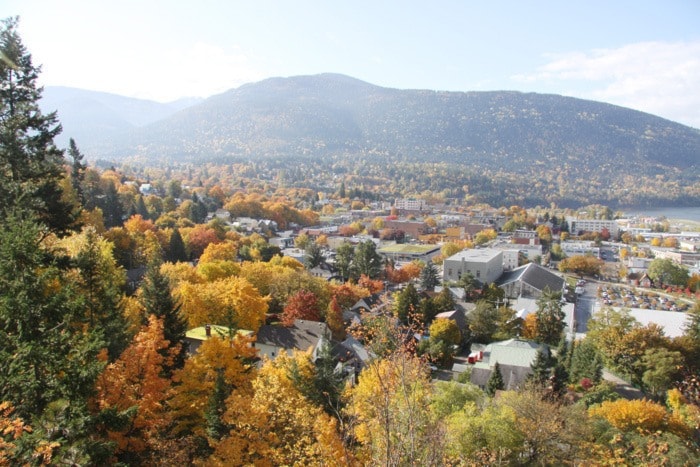Part of the Star’s look back at the top stories of 2012.
Nelson’s population officially cracked the 10,000 mark this year.
Statistics Canada’s release of 2011 census data showed the city with 10,230 people compared to 9,258 in the previous national headcount of 2006 — an increase of 972, representing a rate of 10.5 per cent.
“It’s great,” Mayor John Dooley said. “It’s a good indicator people find it a desirable place to live.” Dooley wasn’t surprised by the city’s growth and attributed it in part to the “tremendous amount of positive coverage for our community in the last 10 years. People see Nelson and the whole region as a good place to live.”
A local economist was also “heartened” by the figures. “Ten thousand is kind of a magical threshold,” said Mike Stolte, executive director of Nelson’s Centre for Innovative and Entrepreneurial Leadership. “You go from being considered rural to urban.”
He anticipated a jump in Nelson’s population for some time and was surprised when the 2006 census actually recorded a small decline. “When the numbers went down, I kind of discounted them. I’m almost thinking they were off last time, and this is more reflective of the truth.”

The city’s population dropped dramatically in the 1980s following the closure of Kootenay Forest Products and David Thompson University Centre, but rebounded in the ’90s. Previously the highest recorded population was 9,585 in 1996.
Nelson’s growth was in keeping with a general trend among larger West Kootenay centres: Castlegar, Trail, and Creston were all up as well. Percentage-wise, Salmo led the way at 13.1 per cent, gaining 132 residents for a total of 1,139.
Village administrator Scott Sommerville said it may have been the result of any number of factors — from affordable housing to a new medical clinic. “It isn’t being driven by local jobs, as most people are commuting to work in neighbouring communities,” he said.
Kaslo, the only local municipality that grew between 2001 and 2006, this time saw a slight drop. New Denver and Slocan also showed slight declines.
Silverton surrendered the title of BC’s smallest municipality in population, as it grew from 185 to 195 residents, while Zeballos shrank from 189 to 125.
Silverton mayor Kathy Provan wasn’t sorry to give it up: “We increased, which was nice to see. I would prefer it [grow], although I guess we got on the map for being the smallest.”
Rural areas showed mixed results: Area F of the Regional District of Central Kootenay, which includes Beasley, Taghum, Bonnington, and much of the North Shore, grew by 246 people to 3,976. But certain rural communities, such as Ainsworth, dropped by nearly half.
Later census releases showed Nelson residents are much younger on average than those in neighbouring communities: the median age was 40.9 — 39.5 for men and 42.2 for women — compared to 47.4 for the entire Regional District of Central Kootenay.
The figures also showed women outnumbered men in Nelson 5,375 to 4,855 and that Nelsonites are less likely to be married: about 38 per cent of the city’s population over age 15 was hitched. By comparison, in Castlegar, Trail, Rossland, and Grand Forks, married residents made up 45 to 49 per cent of those 15 and over.
